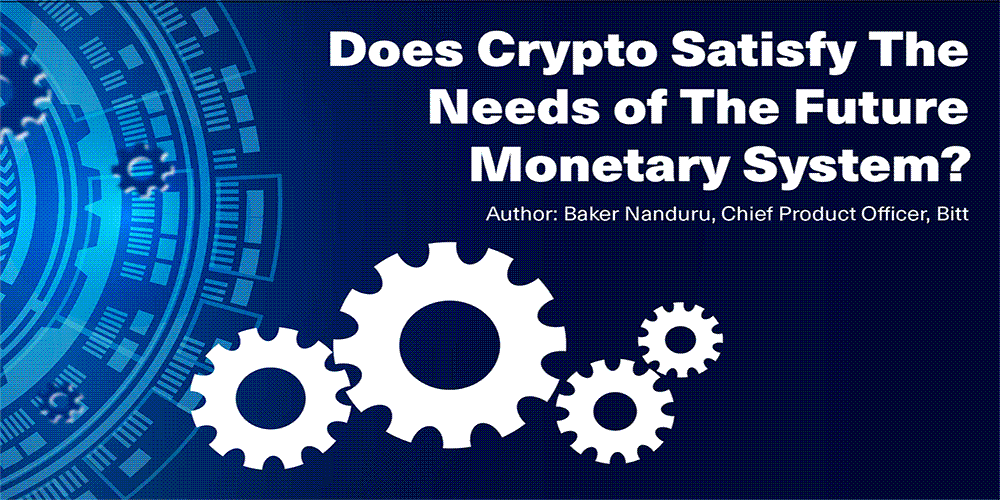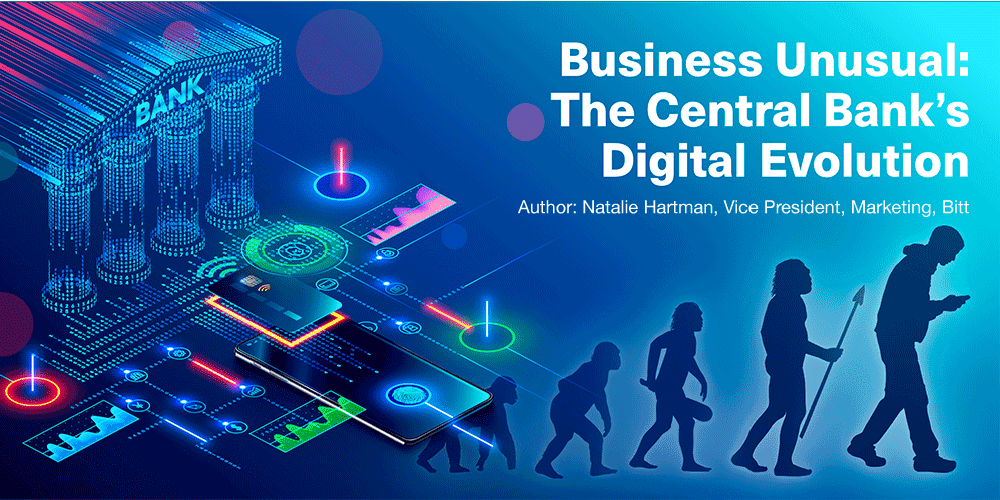Blog
Does Crypto Satisfy The Needs of The Future Monetary System?
Does Crypto Satisfy The Needs of The Future Monetary System?

The report defined key goals for the monetary system and compared them against three solutions: current infrastructure, crypto, and CBDC. The BIS concluded that the future monetary system goals are fully met by CBDC, while crypto and decentralized finance (DeFi) only partially met the goals.
Here are the important monetary system goals that are not fulfilled by crypto:
- Safety and stability: Money has three functions: a store of value, a unit of value, and a medium of exchange. Cryptocurrency is a store of value, evident from traction from millions of users. Cryptocurrency is far from a medium of exchange, due to its limited use in day-to-day payments. However, the biggest limitation is the unit of value. Cryptocurrency, with over 10,000 options, inherent volatility, and heavy reliance on stablecoins, doesn’t provide the stability required for a monetary system.
- Accountability: The monetary system has public mandates and regulations. The goal is to make key nodes in the system accountable and transparent to users and society. The crypto and DeFi system is pseudo-anonymous, where the validators have no reputation at stake, and are motivated by economic incentives and users do not have to comply with local regulations and public mandates. Recently, we saw a proliferation of centralization in crypto trading activities with heavy reliance on centralized exchanges, which bypassed regulations and minimal supervision, resulting in the loss of billions of dollars and public trust. In other words, crypto and DeFi create a parallel financial system to circumvent the regulation, with no accountability to the general public.
- Efficiency: The goal of the monetary system is to provide low-cost, fast payments and throughput. In the cryptosystem, validators are motivated by economic incentives, which inherently limit the capacity of the blockchain, resulting in high congestion and rents leading to costly transactions and new speculative incentives. Most blockchains are working to solve this problem, like Ethereum switching its consensus mechanism from a proof-of-work system to a proof-of-stake system for better throughput. Despite that, popular blockchains are far from ideal to have the best-in-class, low-cost, fast payments and throughput requirements needed for the future monetary system.
- Integrity: The goal of the system is to avoid and prevent illicit activity such as money-laundering, financing of terrorism, and fraud. The current crypto system has competing blockchains that are not interoperable, by design, and therefore introduce risks of hacking and theft. ‘Cross-chain bridges’, with limited oversight and regulation, were hacked resulting in billions of financial losses. Pseudo-anonymity is prone to abuse by illicit actors, and the DeFi sector is rife with fraud and theft; identification is needed.
Out of the remaining monetary system goals, the crypto universe does a great job of meeting the needs of adaptability and openness, while partially meeting the needs of inclusion and user control over data.




